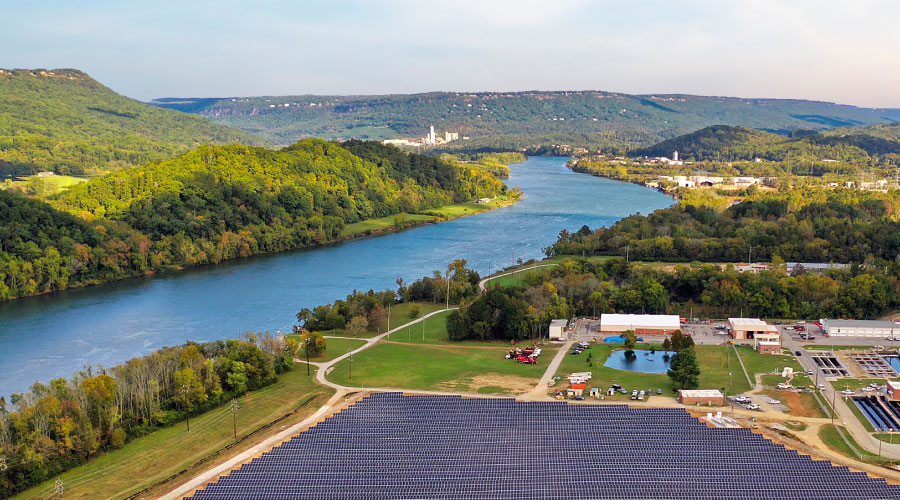Rail Station to Help Revive California City’s Downtown
In Fresno, high-speed rail is coming with a history lesson.
By Doug Carroll, Contributing Writer
High-speed rail service will do more than connect California cities to one another. It also will connect at least one of those cities to its distant past.
In Fresno, a new high-speed rail station will be located at the same place as the city’s first train depot, built in 1872. The depot will sit alongside new public plazas that are envisioned as a gateway to the train system and a spark for the revitalization of downtown Fresno, a city of 550,000.
Eventually, California’s high-speed rail system — the country’s first, with trains traveling at 200 mph — will link more than 800 miles of rail, by way of two dozen stations. Construction in Fresno could begin as early as 2027, according to the California High-Speed Rail Authority.
Page & Turnbull, a California-based architecture and historical preservation firm, is adapting a long-shuttered building that once served steam-driven railways into an ultramodern transportation center.
Among the renovation work planned on the Fresno station: accessibility updates, upgrades to meet modern fire and life-safety codes and structural and seismic standards, and rehabilitation of key architectural features of the station’s Queen Anne style.
The landmark depot, listed in the National Register of Historic Places, was built of red brick with a slate bellcast hip-roof and cupolas. It originated as the Central Pacific Railroad station and later was developed into the Southern Pacific Depot, whose service ceased in the 1970s.
“I think it rightfully makes sense for a new rail transit facility to keep some pieces of the past,” says Peter Birkholz, president of Page & Turnbull.
An overhead pedestrian bridge will connect the historic depot side of the train tracks with the new station’s depot, although the old station will still serve as the main entry point for the new rail line.
The renovation of historic buildings can be tricky, Birkholz says.
“Often you can’t see what’s hidden,” he says. “We try to get around that by laser-scanning the building. That creates an image of the inside and outside. From a point cloud, you convert to building materials.
“The scanned model is incredibly accurate, and you have a good model to go forward.”
Page & Turnbull has been working on the Fresno project for two years already and is “ready to roll into construction documents,” according to Birkholz.
“The historical component is important,” he says. “There’s a continuity with the past that is balanced with the needs of today. This is kind of standard for what we do in historical preservation.”
Fresno’s high-speed rail station will be “at grade,” meaning that passengers will be able to board trains at ground level. Other stations in Merced, Kings/Tulare and Bakersfield are expected to be elevated.
The first phase of the rail project is focused on connecting San Francisco to Los Angeles, at an estimated cost of $89 billion to $128 billion. The second phase would create extensions connecting Merced to Sacramento and Los Angeles to San Diego.
Doug Carroll is a freelance writer based in Chandler, Arizona.
Related Topics:












